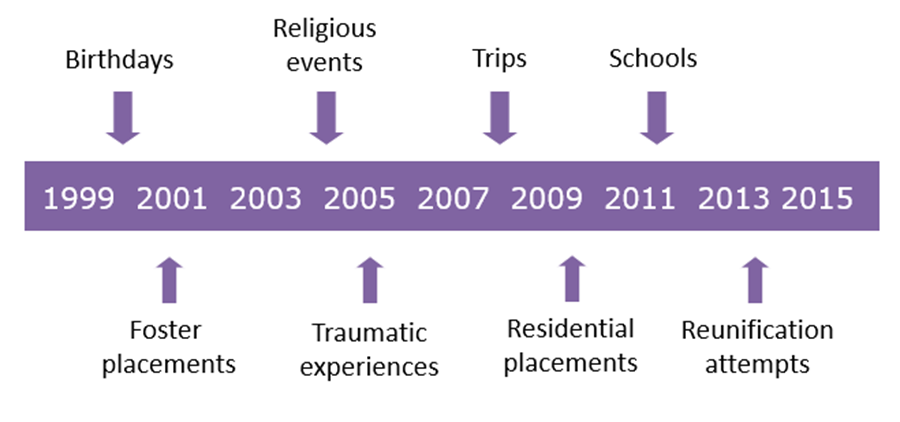An important part of working with a young person in care includes forming a safety and support network. A safety and support network is a team of family, friends, community members, carers and professionals who are willing to meet with the young person, the family and Child Safety and work together to develop and maintain a plan that will ensure the young person’s long term safety, belonging and wellbeing.
Network members are not add-ons but are integral to case and safety planning. In this integrated practice approach, network members are essential to enhancing safety as they keep in regular contact with the young person, their families and carer, take specific actions when situations become fragile or dangerous, and listen and respond to the young person and their worries.
An important difference between a safety and support network and a more general group of concerned people is that safety and support network members know the harms that have already been experienced and the worries and goals for the future. That is, they know the risks of future harm to the young person should nothing change in the family or if new issues emerge.
The main premise for any safety and support network is that network members are:
Further reading
To read more on the safety and support networks and high intensity responses, refer to the Safety and support networks and high intensity responses booklet.
Timelines
Another technique to use when forming a safety and support network is completing a timeline with the young person. This may help identify people who have cared about the young person. Timelines showcase gaps in what we know about the young person and point out clusters of traumatic events as well as celebrations. It can help surface some of our own empathy when we may be struggling to see the best in the young person.
One thing to note is that doing this with a family or young person can be empowering or traumatising. Be sure to negotiate boundaries and create solid agreements before you try use this mapping approach with a young person.
Helpful questions for unpacking the timeline:
- Who was in the young person’s life at this time?
- Who would have cared about the young person during this time?
- What do we know or imagine their relationship was like?
- What was the young person’s ethnicity, culture, religion during this time?
- Who do we think might have been in the young person’s life (for example, teachers) about whom we don’t know much yet?

Published on:
Last reviewed:
-
Date:
Maintenance
-
Date:
Terminology change - placement to care arrangement
-
Date:
Terminology change - placement to care arrangement
-
Date:
Maintenance.
-
Date:
Page created



